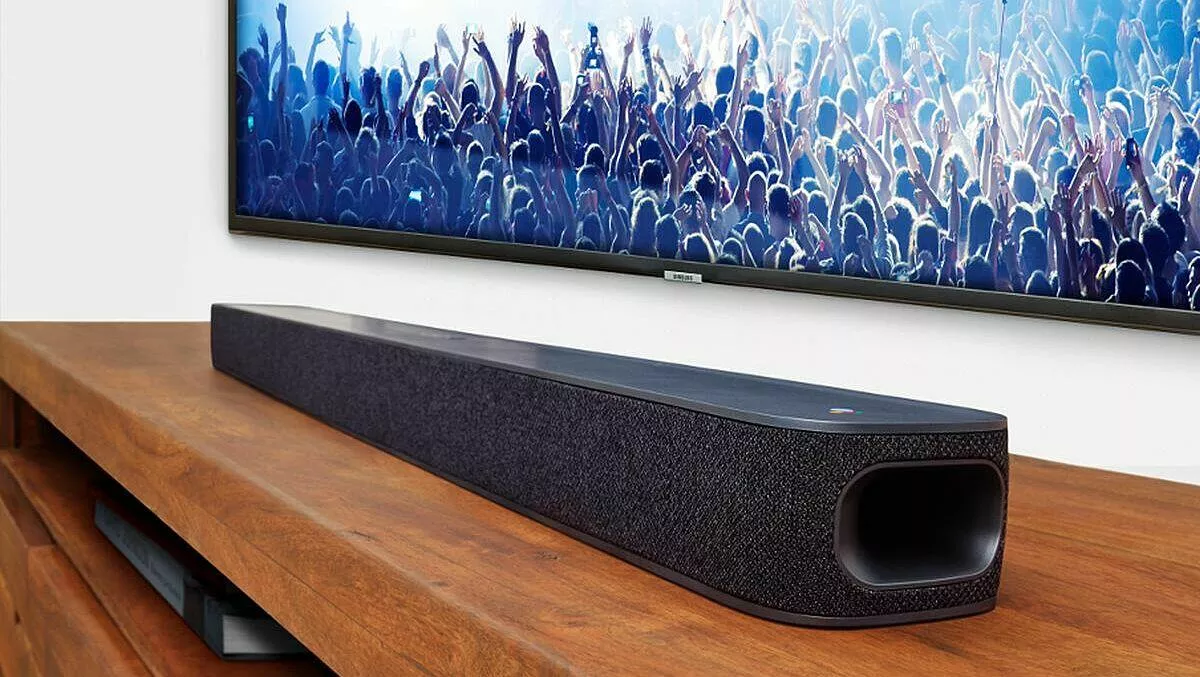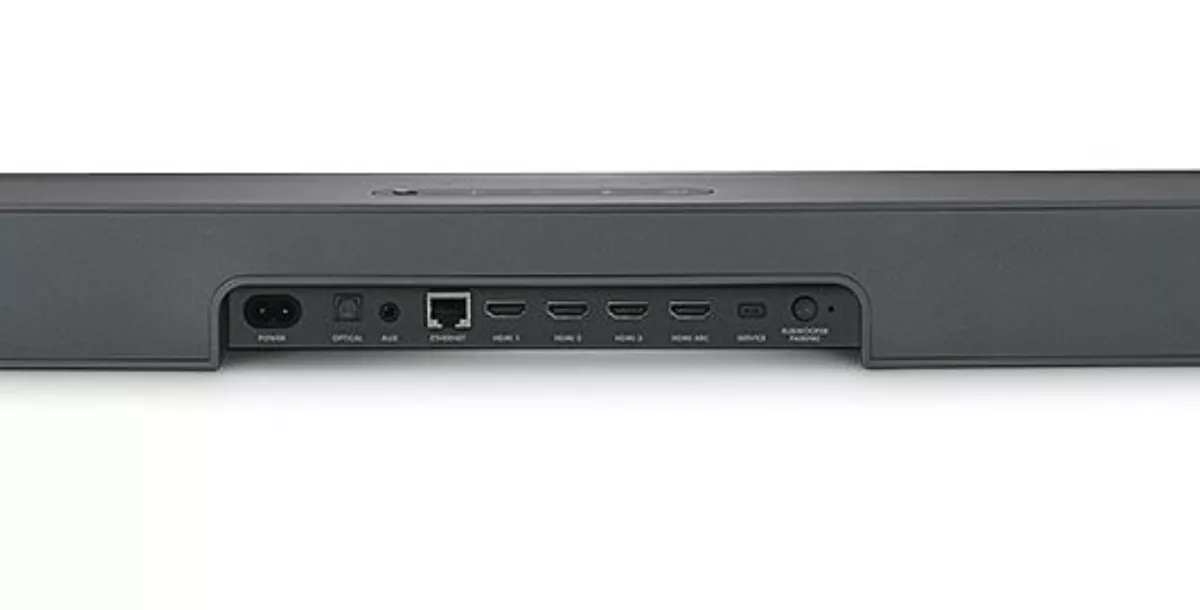
Hands-on review: JBL Link Bar, the three-in-one smart speaker
In 2020, smart devices are pretty much established in every household. Most of us will have smart TVs, virtual assistants, and smart devices. While that has increased the quality of life for homes that are tech-focused, it also means that we are sometimes overwhelmed by all of these devices that are taking over our rooms.
JBL Link Bar is one of the devices out there that propose a solution to this problem by having three devices in one: A sound bar, an Android TV and Google Home.
Design/sound quality
The JBL Link Bar looks like a standard sound bar. Its black colour and slick rounded edges make it a stylish addition to any TV setup. The bar is around 40-inches wide and just under three inches high. This means that it can perfectly fit under any standard flat-screen TV. The Bar also comes with wall mounts if that is the type of setup you have.
On the front, the Bar has speakers as well as four indicator lights that change as you use the Google Assistant, and change the volume to give you an indication that the Bar registered your command. On the back side, The Link Bar has three HDMI inputs, an HDMI output, an ethernet plug, an optical plug and one AUX-in port. I think this variety is perfect to accommodate every use possible.

JBL are known for their high-quality sound products and the Link Bar is no different. Just as a speaker, the Bar sounds really good – which is its best feature. The Link Sound Bar is able to handle highs and lows perfectly and is no doubt an improvement to the audio quality of any TV.
Google Assistant
It's cool that JBL and Google worked together on this ambitious device. Having the Google Assistant connected to the TV and Sound Bar is game-changing. It works just as you expect it to. You can ask it to play a movie, play music, ask it about the weather, etc. The advantages of it being connected to the TV is that you can ask it to play a movie or show from a specific application. The one downside to this is that it slows down the process.
For example, if you ask the assistant to play a certain song, the assistant then will have to launch that command from the microphone, through to the JBL bar, which will in turn power on your television to proceed with that command. This slows down the entire process by around three seconds. With that being said, I didn't think that lag was significant. The feature is still interesting enough that the three-second lag time is worth it.

Android TV
No one would expect a speaker to function as an Android TV. While most TVs these days are smart, this is still useful. For example, I have a smart Philips 4K TV. That TV, while "smart", comes with a small number of predetermined apps. This means that I couldn't watch things like TVNZ OnDemand or Disney+ on it. Having Android TV in the JBL Link Bar solved all of those problems. The JBL Link Bar also functions as a Chromecast, meaning you project any video from any device to the TV using it.
Conclusion
More companies need to jump on this three on one train and create more products like this. With us heading towards a place where all homes are slowly becoming smart, products like JBL link bar are money, space and energy savers.


